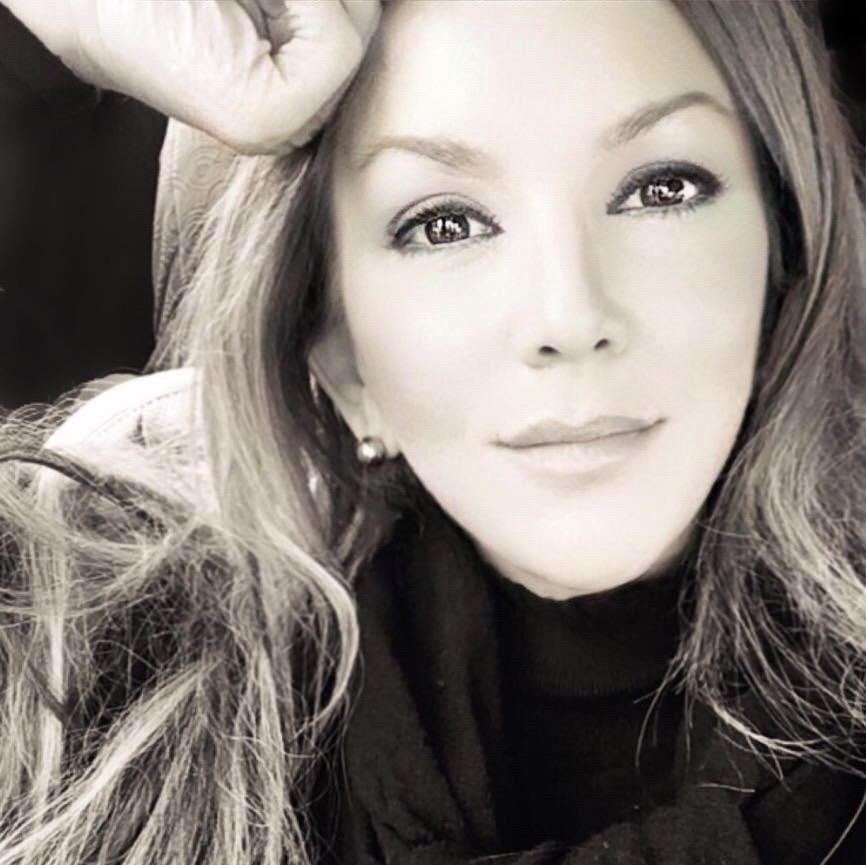If the American economy doesn’t get back to work soon, the very lives we are trying to save —and millions of others— are going to be permanently damaged or destroyed.
Considering the history and science behind making vaccines, development and mass distribution of a vaccine for this novel coronavirus would be unprecedented to have within eighteen months, World Health Organization (WHO) senior emergency officer Catherine Smallwood stated during an April briefing.
One major hitch in developing a COVID-19 vaccine is that no medically proven predecessor exists for any type of coronavirus. The 2002 SARS and 2012 MERS outbreaks, both caused by viral cousins of the new coronavirus, were warning shots that the world would imminently be dealing with more coronavirus threats. However, SARS fizzled out before a vaccine could make its way through clinical trials and MERS, though having a mortality rate of 35 percent, created too few cases to generate sustained funding for vaccine developers. The mumps vaccine —considered the fastest ever approved— took four years to go from collecting viral samples to licensing a drug in 1967.
Drug companies and universities are racing to develop a COVID-19 vaccine, and many experts have appeared optimistic about potential vaccine development for this new virus. Much of the excitement has centered around Moderna Therapeutics’ announcement in late March that they had an early prospect for clinical trials after the genetic sequence for COVID-19 was released. But while public officials and news reports were quick to cite this as a “groundbreaking development,” the same sources didn’t mention that the biotechnology underlying this drug has existed for nearly 30 years and it has never yielded a working vaccine for any disease.
According to the Mayo Clinic, past research on vaccines for coronaviruses has also identified some challenges to developing a COVID-19 vaccine, including: ensuring vaccine safety, providing long-term protection, and protecting older people. Several vaccines for SARS have been tested in animals. Some of the vaccines improved the animals’ survival but didn’t prevent infection. Some vaccines also caused complications, such as lung damage. After infection with the coronavirus, re-infection with the same virus is possible after a period of months or years. People over the age of 50 are at greater risk of developing severe symptoms from COVID-19; however, the Mayo Clinic points out the older people don’t typically respond to vaccines as well as younger people.
America has largely been in lockdown mode for two months now. On Friday, the Bureau of Labor Statistics reported the U.S economy lost 20.5 million jobs in April, with the unemployment rate reaching 14.7 percent that month. Treasury Secretary Steven Mnuchin gave an even steeper figure on Sunday during an interview with Chris Wallace of Fox News. Mnuchin, when asked by Wallace whether America might confront a Great Depression-era 25 percent unemployment rate, responded, “we could be.”
The pandemic has knocked millions of the most economically vulnerable Americans out of work. Those who are lower paid, less educated, and employed where teleworking is not an option have undeniably been hit the hardest. Americans who earn $50,000 a year or less are more than twice as likely to say they or a family member have lost jobs amidst the crisis as compared to those who earn more than $150,000, polling by Civis Analytics found. An April poll for The New York Times found black and Latino Americans are far less likely than white Americans to say they can work from home during the pandemic.
Glenn Sullivan, Ph.D., noted in a March 22, 2020 article for Psychology Today that for every one-point increase in the unemployment rate, the suicide rate tends to increase 0.78 points. America’s unemployment rate in February 2020 was a mere 3.5 percent. That’s a 11.2 percent increase in unemployment so far. If Sullivan’s theory is accurate, that means America’s suicide rate has increased almost 10 percent in less than ninety days. Our nation lost almost 48,000 people to suicide in 2017, and the American Foundation for Suicide Prevention notes there were 1.4 million suicide attempts that same year.
In addition to losses of life from increased suicides, projections from Columbia University researchers Zachary Parolin and Christopher Wimer indicate poverty in the U.S. could skyrocket more than 50 percent if the unemployment rate creeps toward 30 percent. If this occurs, it would mean more than 21 million Americans would be added to the poverty rolls. The researchers report that even under a best-case scenario, in which employment levels recover rapidly after the summer, “the annual poverty rate will reach levels comparable to the Great Recession.”
Nearly one in five Americans will be below the Census Bureau’s Supplemental Poverty Measure threshold if our unemployment rate continues to edge towards 30 percent, Parolin and Wimer found. Their report also finds that children and working-age adults are at the greatest risk of falling into poverty. Seniors over age 65, who are at less risk of losing employment because many are retired, are likely to see a much smaller spike in their poverty rate. In a 30 percent unemployment scenario, nearly one in three black families would end up below the poverty line.
America doesn’t have the luxury of waiting a year or two for a potential vaccine. Science isn’t even convinced that a viable vaccine can, in fact, be developed. Clearly, the virus itself will be the least of our worries as a nation if we continue to drive tens of millions of Americans into abject poverty and isolation.

Join the Discussion
COMMENTS POLICY: We have no tolerance for messages of violence, racism, vulgarity, obscenity or other such discourteous behavior. Thank you for contributing to a respectful and useful online dialogue.